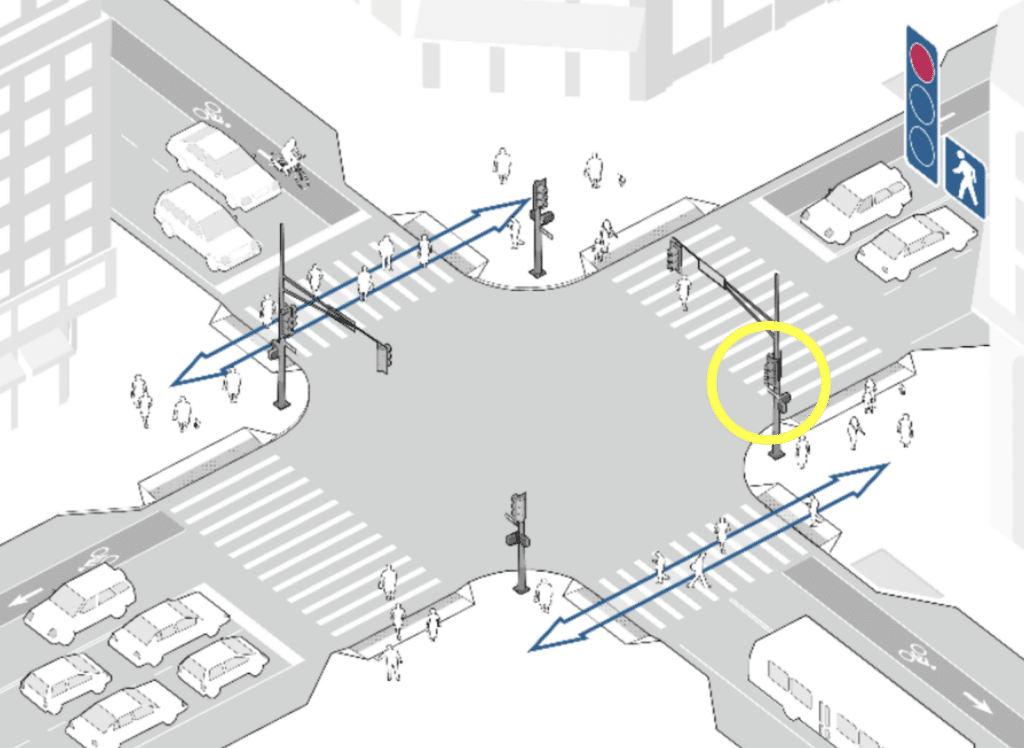Leading pedestrian intervals (LPI) have been shown to reduce the number of pedestrian-related vehicle accidents in Austin, but chances are you don’t know what they are.
But Austin is getting more of them this summer, and that should make walking around our beautiful city a little safer.
Leading pedestrian intervals (LPI) give pedestrians about a 3–7 second head start when entering an intersection with a corresponding green signal in the same direction of travel.
Research from the U.S. Department of Transportation’s Federal Highway Administration found LPIs reduce pedestrian-vehicle crashes by 13 percent because they enhance the visibility of pedestrians in the intersection and reinforce their right-of-way over turning vehicles.
This summer, The Austin Transportation and Public Works Department has treated hundreds of intersections to improve pedestrian safety, according to KXAN. Austin traffic engineers have installed more than 640 LPI crossings since June.
The LPI crossings give pedestrians a head start at getting into the crosswalk of an intersection before vehicles get the green light.
“This makes pedestrians more visible to turning drivers and improves safety for people who may be slower to start into the crosswalk,” city officials said in the Austin Mobility newsletter.

LPIs allow crossflow walk before a green light is given in general travel lanes.
In late 2019, city crews began a concerted effort to install LPIs at downtown intersections. Check out this KXAN newcast from four years ago:
December 2021 data from Austin’s Vision Zero program reported an additional 18 percent reduction in the number of pedestrian-vehicle crashes each year involving left-turning vehicles at treated intersections.
The newest LPI installations are “primarily being driven by recent signal software upgrades,” officials said, which allow easier implementation and customization of LPIs at intersections across town. New traffic signals and pedestrian hybrid beacons being added to Austin also feature accessible pedestrian signals, which aid those who are blind, visibly impaired or have low vision to receive information on when it’s safe to walk or not.
City crews are installing the LPIs using funding from the city’s 2020 mobility bond, as well as dollars from the national Safe Streets and Roads for All grant program.

